Creating an in-house training program is one of the single most effective pathways for unlocking growth in your trades-based business.
Why committing to an employer-hosted training program for your trades business is good business
- By committing to training as part of a hiring strategy, business owners can broaden the hiring pool.
- Effective training for your business case can dramatically reduce time-to-ramp for new hires while improving their performance metrics much earlier into their tenure as your employee.
- Training your employees reduces turnover by showing your techs that you are invested in them; a startling 86% of millennials would not leave their current position if their employer offered training and development.
- Training impacts the metrics that drive your bottom line profit margin; reduced call-outs/call-backs, shortened time-on-task, and better customer satisfaction are all traits of a healthy trades business.
Top 8 Ways To Maximize The Value Of Your Training Program
You’ve made the wise choice to invest in a training program for your trades business. Let’s explore some of the best practices for maximizing the value of that training program.
1. Remove friction from learning
Make training as painless as possible so you can reduce friction in getting your employees to use and benefit from training.
For starters, choose a delivery method for your training that makes access to training easy no matter where your employees will be while learning. For example, the Interplay Learning platform allows students to train anywhere, anytime on any device.
2. Make time for learning
Next, consider the time and energy investment that training requires of its learners to be present and engaged.
In order to facilitate the bandwidth for employees to be fully engaged, you can create designated time blocks for training.
Make it a priority and not simply a time-filling activity. You can enter these time blocks into your work order system so they can be scheduled just like any other part of an employee’s workday.
Consider utilizing automated reminders, so employees don’t have to remember to do it but are gently ‘nudged’ when they have outstanding coursework to tackle.
3. Rewards matter
Employees are people, and humans are hard-wired to respond to rewards. So, it should come as no surprise that one of the most impactful best practices in maximizing the value of your training program is to incentivize your employees.
How you incentivize learning is essential, however.
Choose meaningful rewards – think PTO, cash, gift cards, and prizes that get your team excited!
And make sure to incentivize effort and success by rewarding incremental progress through milestone achievements and overall completion and competency.
4. Gamify the training experience
Training programs don’t have to be a slog. You can create excitement and foster camaraderie by introducing friendly competition to your training program with elements like leaderboards or team-based challenges.
”A rising tide lifts all ships.”
The ‘rising tide’ approach can yield positive benefits like better intrapersonal relationships for your employees and boosted morale.
5. Make training valuable for everyone
Training curriculum doesn’t need to be ‘one size fits all.’
For one thing, different techs are at different points in their career and need different perspectives and learning material.
Everyone sees value in what they’re learning when they feel that it’s useful based on where they are today.
Consider using training platforms that offer thorough HVAC skills assessments. This enables you to fill in any skill gaps and bring all technicians to the same knowledge level using a customized learning path that allows greener, newer techs to approach it from a different angle than seasoned techs.
6. Empower different learning styles
Everyone learns differently. The learning experience is also impacted heavily by the medium used to deliver learning content.
We all know that some people are visual learners, others auditory, and others benefit most from tactical learning. Utilize training formats like virtual reality (VR), simulations, graphical presentations, and video to support all different learning styles.
7. Create a contextual curriculum for scenario-specific instances
Scenario-specific learning can be utilized in the context of a specific worksite, region, or issue to laser in on knowledge and skills gaps.
An upcoming project may dictate that assigned techs brush up on particular equipment – this is the perfect opportunity to proactively refresh specific skills or knowledge before that project’s kickoff.
Similarly, an individual may struggle with a higher number of call-backs that can be traced to a specific area of weakness.
Assigning contextual learning modules based on that area of knowledge can help correct the deficiency, improving the individual’s confidence and boosting your business’s bottom line by reducing call-backs.
8. Make training excellence part of your culture with actions, not just words
Show your employees that training is a core pillar of your business by recognizing their achievements with shout-outs at meetings, company events, and online on social media.
Trades-based business owners can further demonstrate commitment to excellence through training by ‘putting their money where their mouth is’ and ensuring employees are compensated for time spent on mandatory training. This means ensuring that employees are allotted time to complete mandatory training on the clock.
And perhaps most importantly, prove to employees that training matters with raises, bonuses, and promotions for completions or skill attainment.
Summary
When it comes to best practices for maximizing the value of your training program, keep in mind that not every benefit can be quantified. Investing in your employees improves efficiency and performance across the board in many tangible and intangible ways.
One of the most common concerns that trades business owners have about investing in employer-offered training is that employees will take their valuable training and leave to work for a competitor.
But, consider a worse outcome— the opportunity cost of not investing in your employees.
At the same time, they may stay employed at your business for many years – creating significant missed opportunities in your profit margin and customer retention rate.









